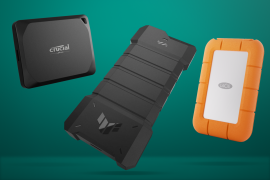Huawei P9 Plus review
Double the cameras, double the fun - and it'll feel the pressure (-sensitive screen) too
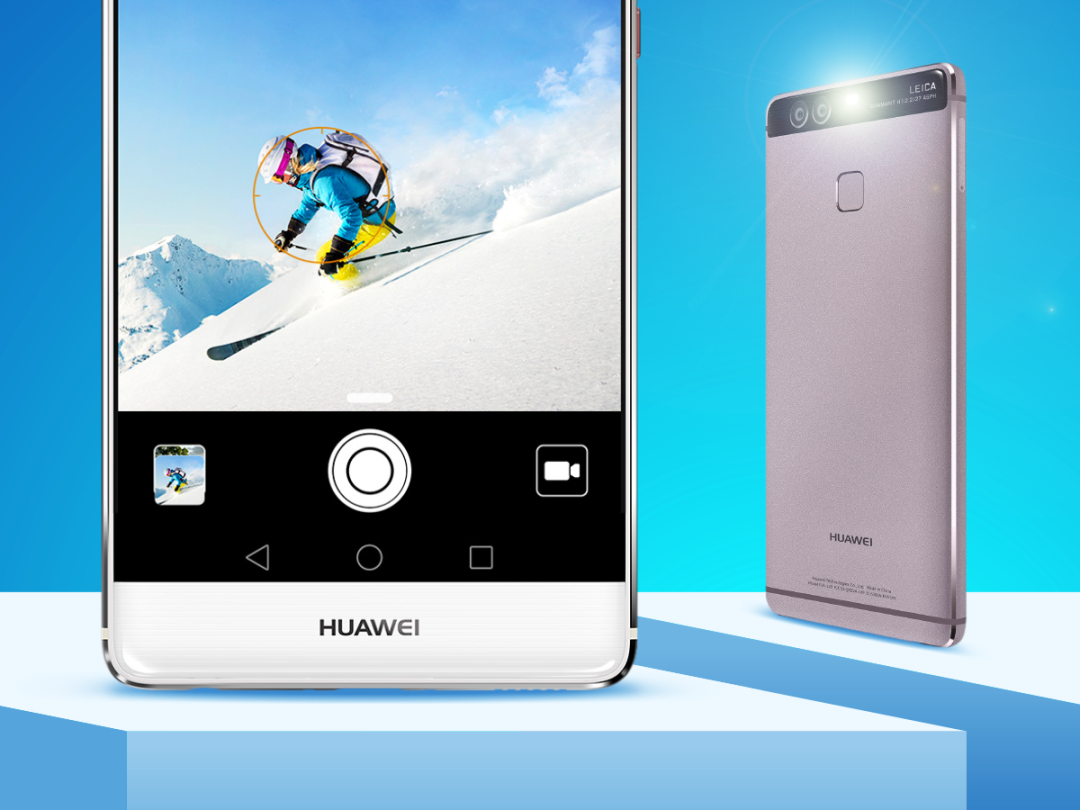
So you’ve just made a kick-ass phone, but one version just isn’t enough to keep everyone happy any more. What do you do?
Samsung took the already excellent Galaxy S7 and added a funky curved screen to make the S7 Edge. Clearly the formula works, so Huawei has done something similar with the P9 Plus.
It’s a slightly bigger, slightly better take on the P9, gaining a few extra features but keeping the ones that matter: those two Leica-approved cameras on the back.
They impressed us the first time around, but weren’t enough to truly shake up our top ten. Will added AMOLED and 3D Touch-style shenanigans make the difference now?
A SOFT TOUCH
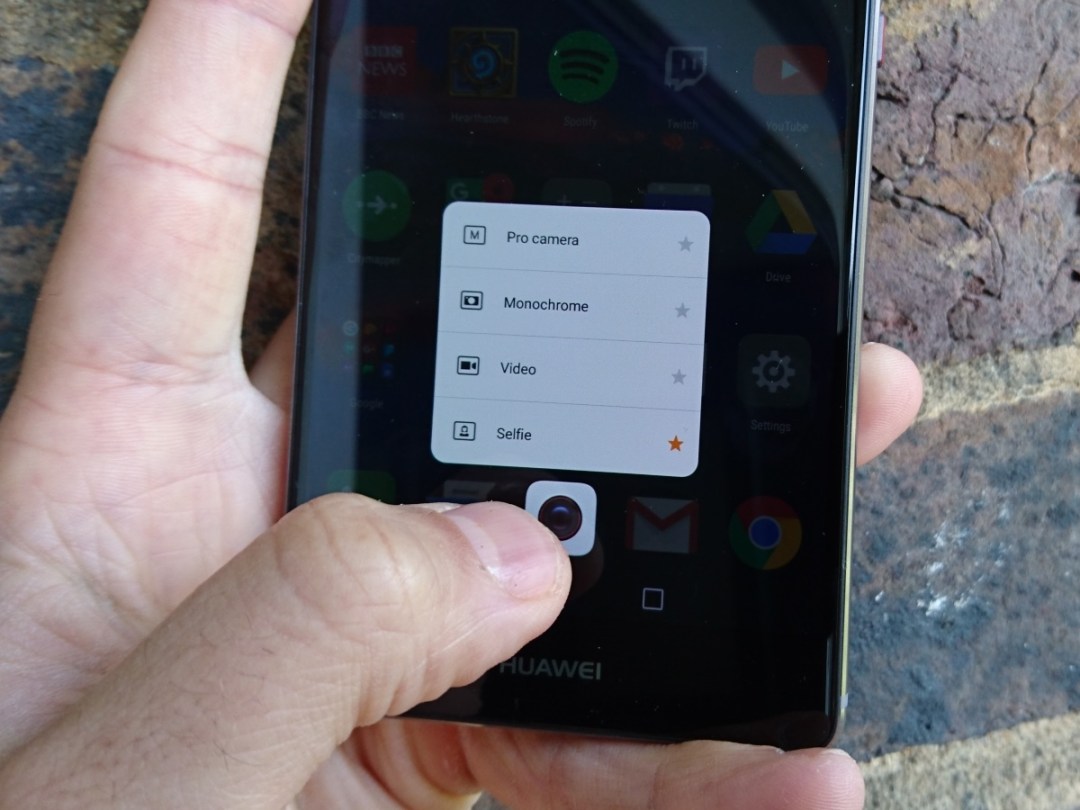

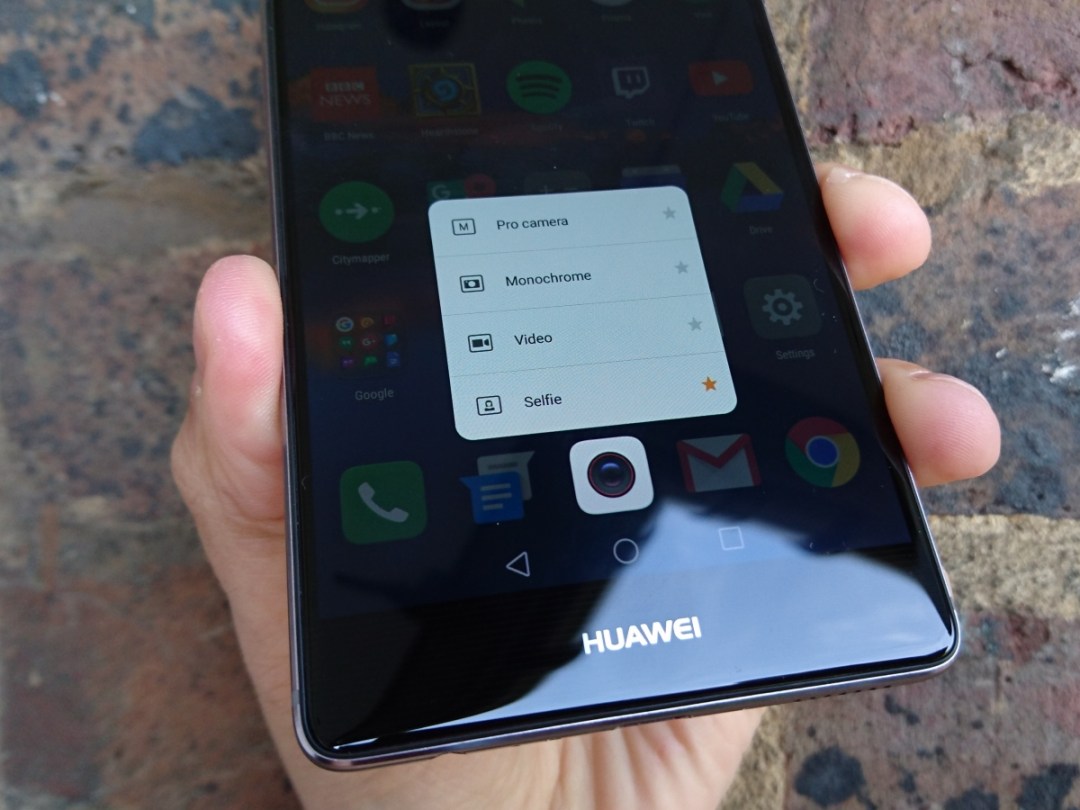
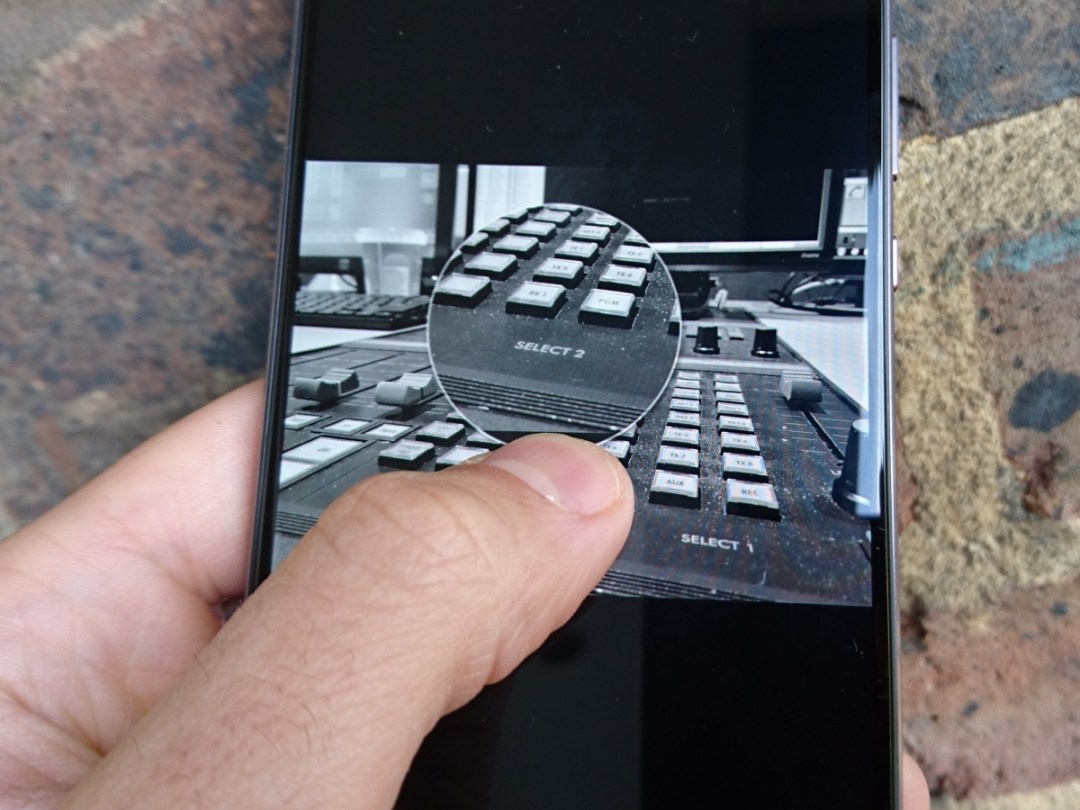
Wait, 3D Touch? Yep, it’s not just Apple with pressure-sensitive screens any more. Huawei’s Press Touch does pretty much the same thing as the tech you’ll find on the iPhone 6s – so it knows the difference between a light tap and a forceful press.
It’ll let apps open context menus from their shortcuts, instead of opening properly and taking over the whole screen. Think jumping straight into the selfie camera, speed dialling a favourite contact, or making a calendar appointment without having to dig through a load of menus first.
It’s pretty seamless for the apps that support it, but that’s the problem – not every app does. Pressure sensitivity is cool and all, but if you aren’t using Huawei’s built-in gallery, calendar, or messaging apps, Press Touch doesn’t really have any use.
Saying that, though, I love how pressing down on your pics in the gallery app brings up a magnifying glass for zooming in on details. It’s perfect for checking that spur-of-the-moment snap is in focus before you hit the share button.
It could be great if other app developers get on board with the tech, but right now Press Touch is a bit of a novelty.
STYLE CHAMP › Samsung Galaxy S7 Edge review
SCREEN TEST
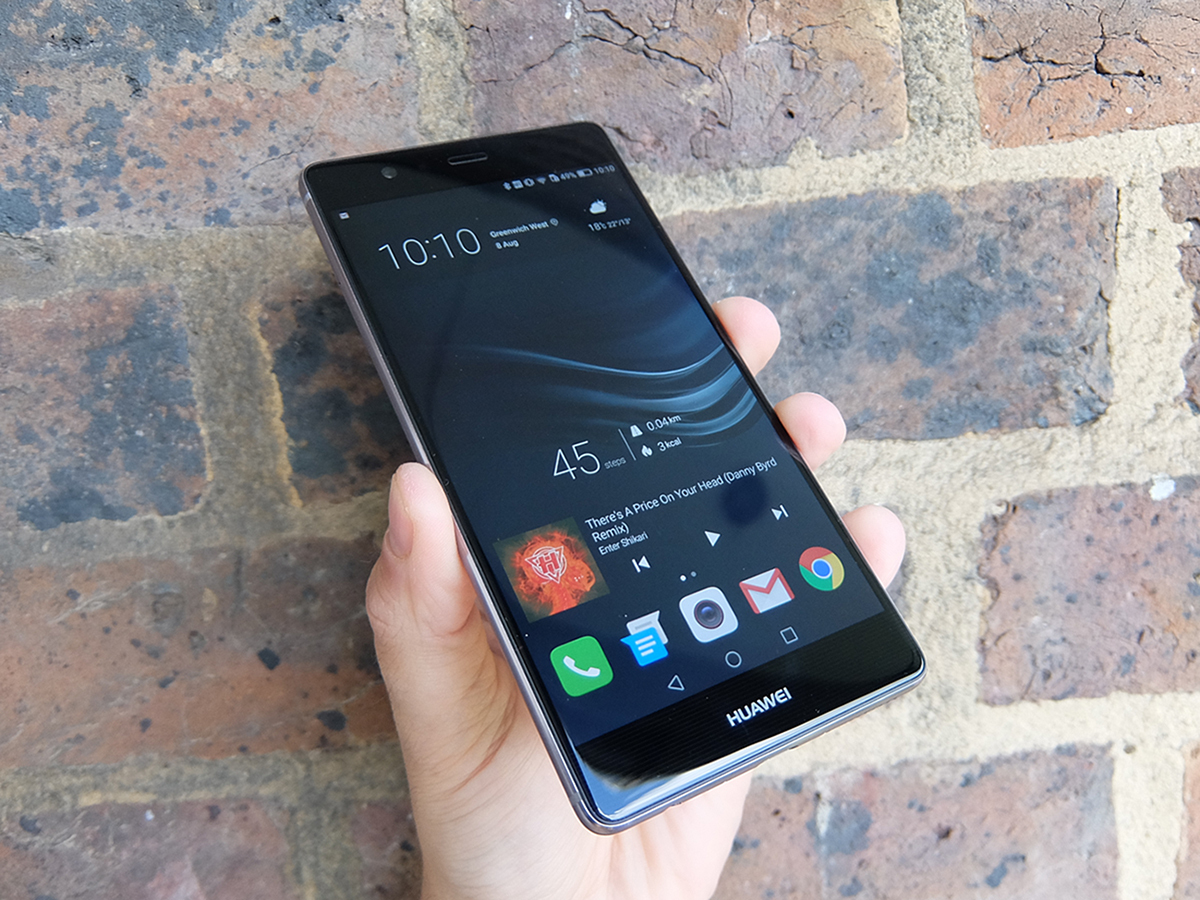
Press Touch shenanigans aside, the P9 Plus still has a great screen – with a few caveats.
Resolution is stuck at 1920×1080, so pictures and text aren’t quite as sharp as I’d like. It lags behind 2K phones like the Galaxy S7 Edge on pure pixel count, especially if you’re planning to pair it with a Google Cardboard VR headset, but you shouldn’t notice a lot of difference in day-to-day use.
Still, even when stretched over 5.5in, 1080p is detailed enough to give photos and video some real punch. The AMOLED display tech helps a lot here, with vibrant colours and incredibly deep blacks that make Netflix shows like Daredevil an absolute joy to watch on the move.
Bright sunshine would normally put an end to any streetside streaming sessions, but the P9 Plus does a great job of boosting brightness when you’re outdoors.
If you’re not a fan of overly-saturated OLED screens, you can tweak the colour balance to bring those vibrant hues back under control. A lot of phones give you a basic slider, but here you’ve got fine grain control to pick the exact shade you want.
METAL MARVEL › OnePlus 3 review
TWO BECOME ONE
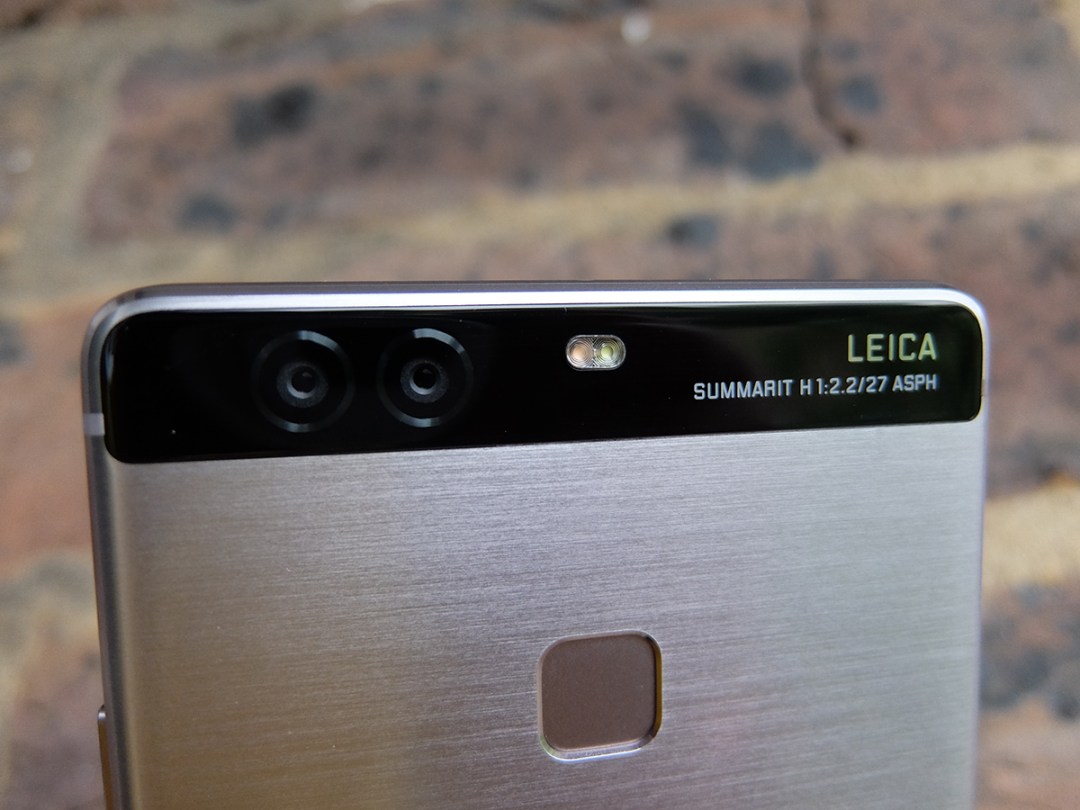
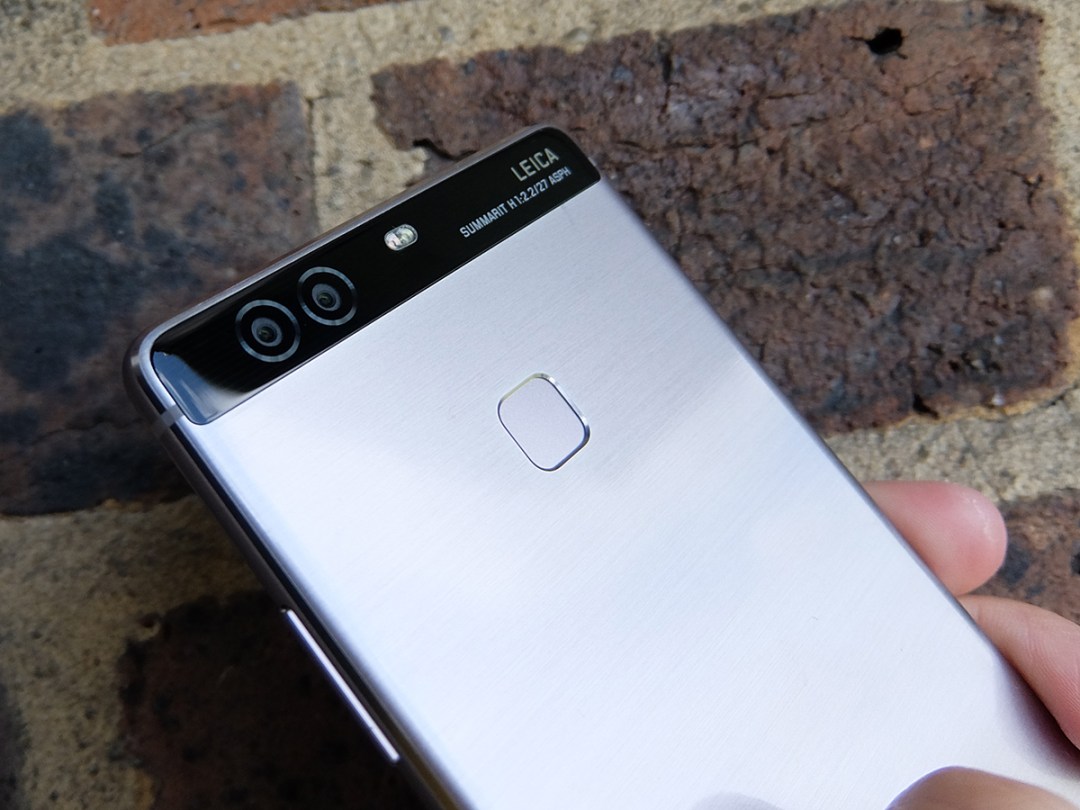
Colours that pop off the screen are great for making your smartphone snaps looking good too – unless you’re shooting with the P9 Plus’ other party trick. It’s packing two cameras, just like its baby brother.
You’ve got two 12MP sensors on the back: one takes colour photos and the other is strictly black and white. There’s less technical gubbins between scene and sensor in the monochrome camera, so it’ll cope better with low light. That means less noise and more detail, along with a deliciously arty greyscale colour palette. You’ll be lapping up Instagram followers in no time.
Normally, both sensors work together which, when combined with some clever image processing, leaves your photos looking sharper than they would have done with just one – or at least that’s the theory. They can also do some clever depth-of-field effects after you’ve pressed the shutter, or you can switch into Monochrome mode and eschew the colour sensor altogether. You misunderstood arty type, you.
It’s a unique approach to the whole “one phone, two cameras” thing, with HTC giving up on its depth-sensing twin lens setup for the HTC 10 and LG going wide angle for the G5. I’m a big fan of the black and white shots the P9 Plus takes, but don’t let that Leica logo fool you – picture quality isn’t the best.
DOUBLE VISION › LG G5 review
Sure, it’s packing laser focusing and phase detection, but without optical image stabilization it lags behind the Galaxy S7 when it comes to nighttime shooting. Expect a bit of blur unless you’ve got seriously steady hands.
The f/2.2 aperture doesn’t help, either. The S7 Edge has a much wider f/1.7 sensor, which sees a lot more light per shot. Seeing how the twin sensors were supposed to make this a low-light monster, I was a little disappointed with how it handled. At least the dual-LED is beefy enough to give your shots a boost when there’s just not enough natural light to get the job done.
Head out during the day, though, and it’s a completely different beast. Colours are excellent, there’s plenty of detail, and contrast is incredible when you’re using the monochrome sensor.
The auto mode does a great job no matter where you point it, exposing pics properly when shooting into and away from the sun. There’s some HDR-style tweaking going on behind the scenes, but looking at the results, I really don’t mind at all.
Not much has changed on the back from the P9, then, but the front-facing camera has been boosted with an 8MP sensor and f/1.9 aperture lens. Good luck getting better for less cash – skin tones look natural, details are great and things don’t turn to mush as soon as you step inside.
SAFE STYLING
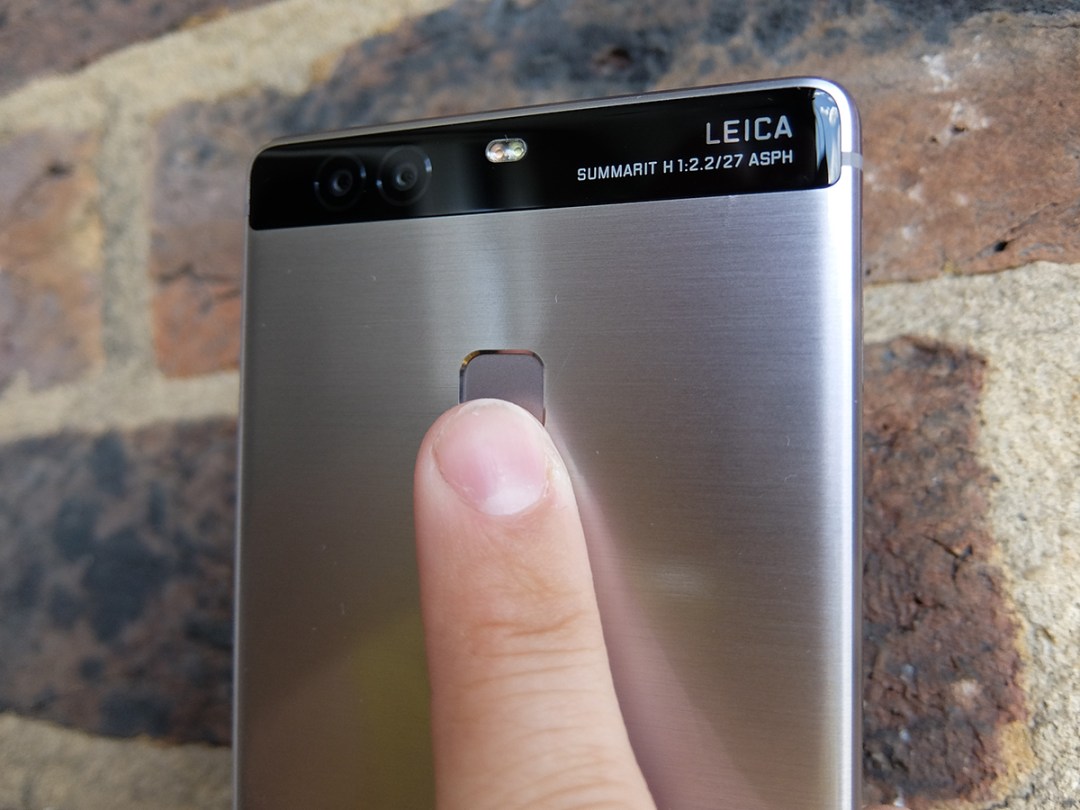
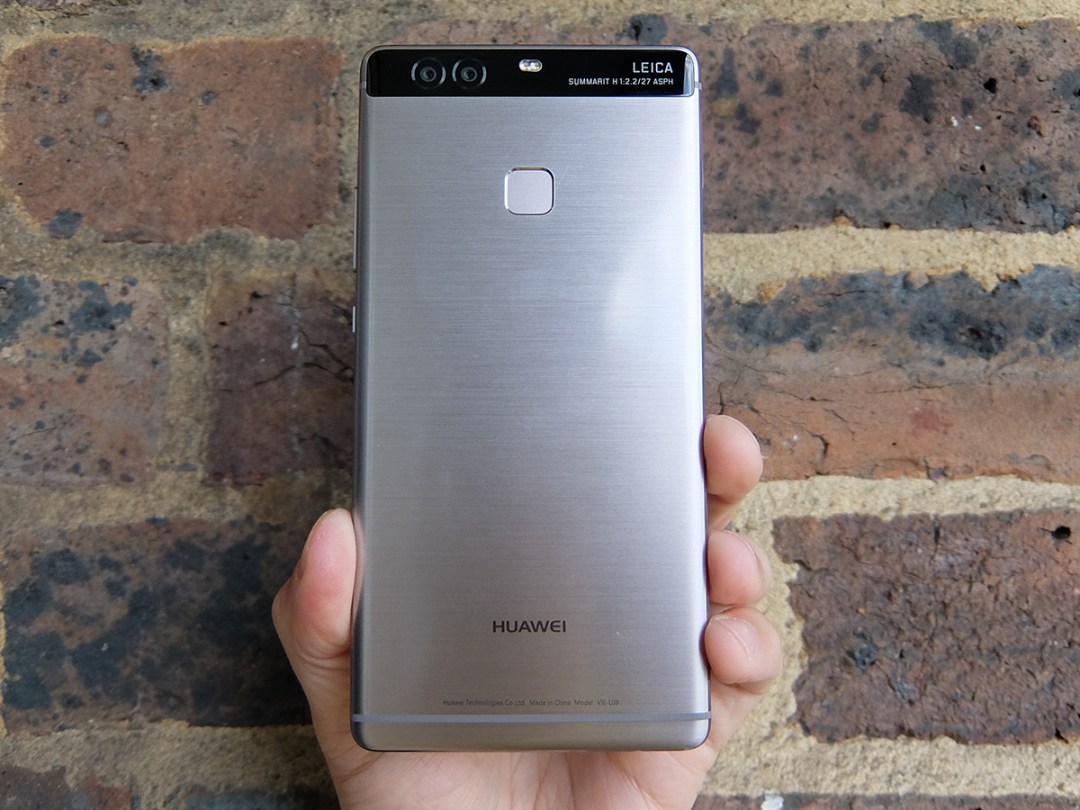
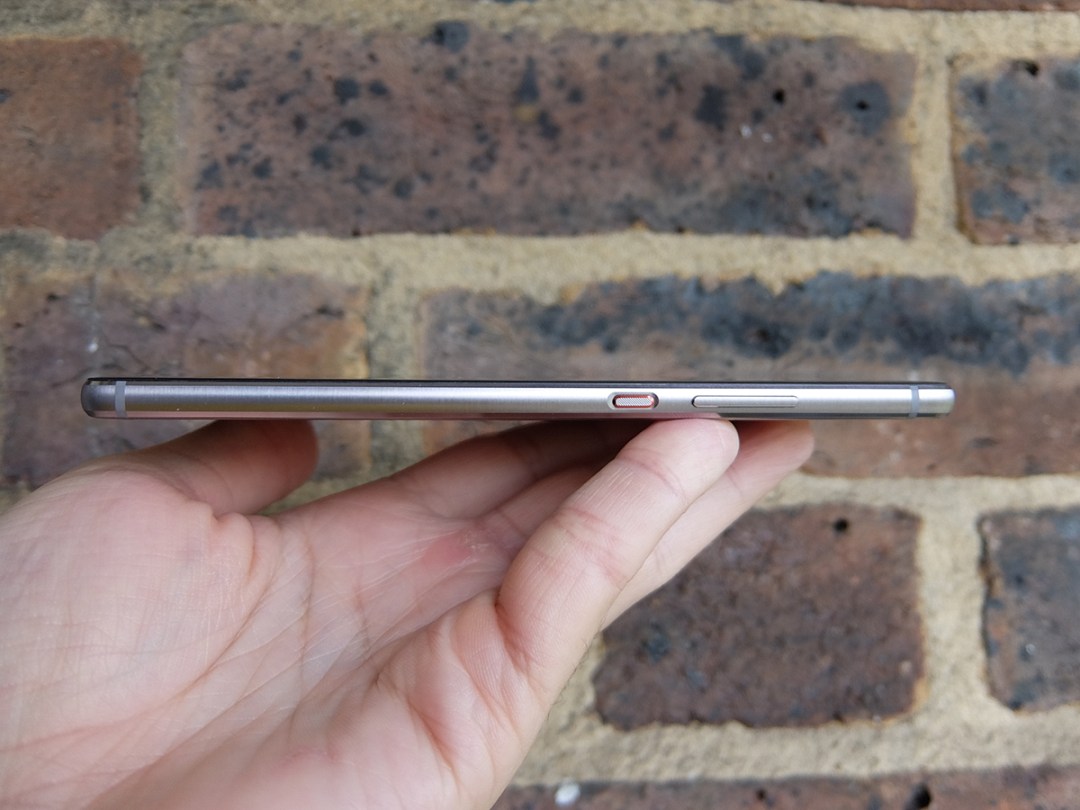
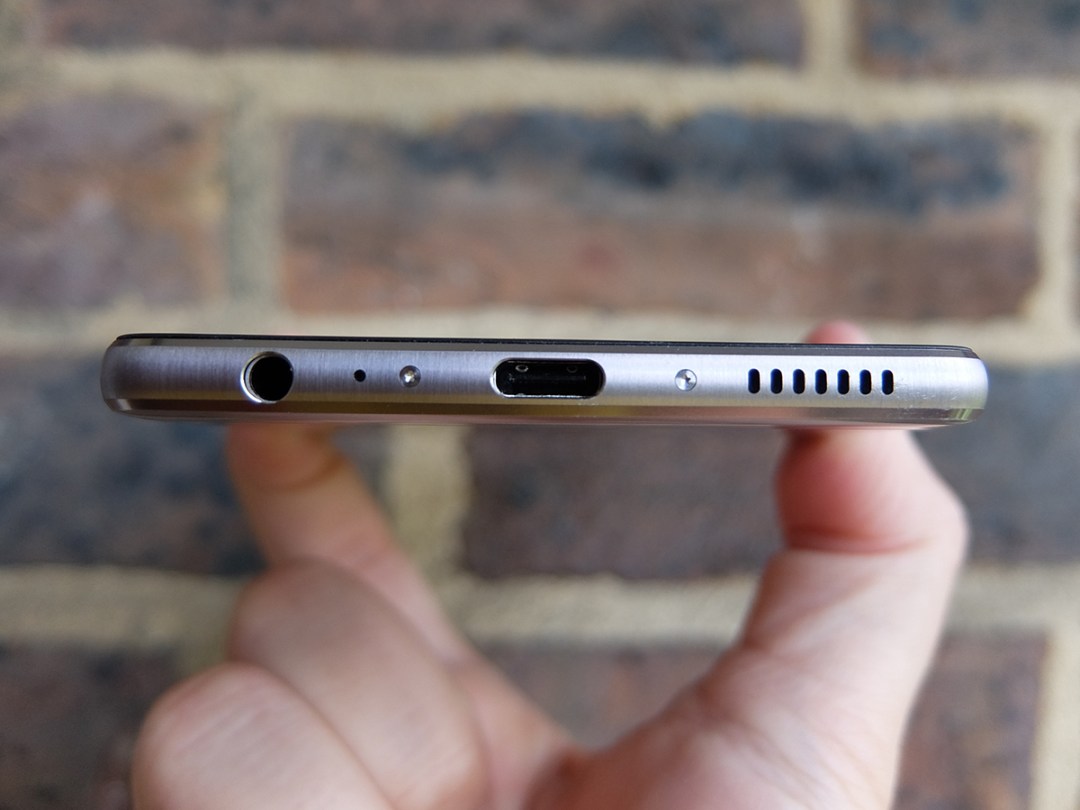
It’s got the same cameras. It’s even got the same name – is there any surprise the P9 Plus looks just like an upscaled version of the P9? Not that I’d call that a bad thing, mind.
The P9 was a subtly stylish phone, and the Plus follows suit with a super-slim combination of metal and glass. It narrowly avoids looking too much like an iPhone, although you can of course pick one up in gold or pink – just like Apple.
The screen might not bend around the sides like an S7 Edge, but the rounded edges mean it sits comfortably in your hand. That’s still rare for a 5.5-incher.
You can’t swap out the battery, but then part from LG, who else lets you do that any more? You do get a microSD card slot, so you can add extra storage once you fill the generous 64GB of on-board memory. There’s even an IR blaster on the top, in case you’re desperate to control your TV with your phone.
The fingerprint sensor on the back sits right where your index finger lies naturally, so you don’t have to reach far to unlock the phone. It’s really quick, and recognises gestures too- swipe down and it’ll open the notification screen, which is handty if you’ve got small digits and can’t reach the top of the screen with one hand.
STYLE ICON › Apple iPhone 6S review
PRIZE PERFORMER
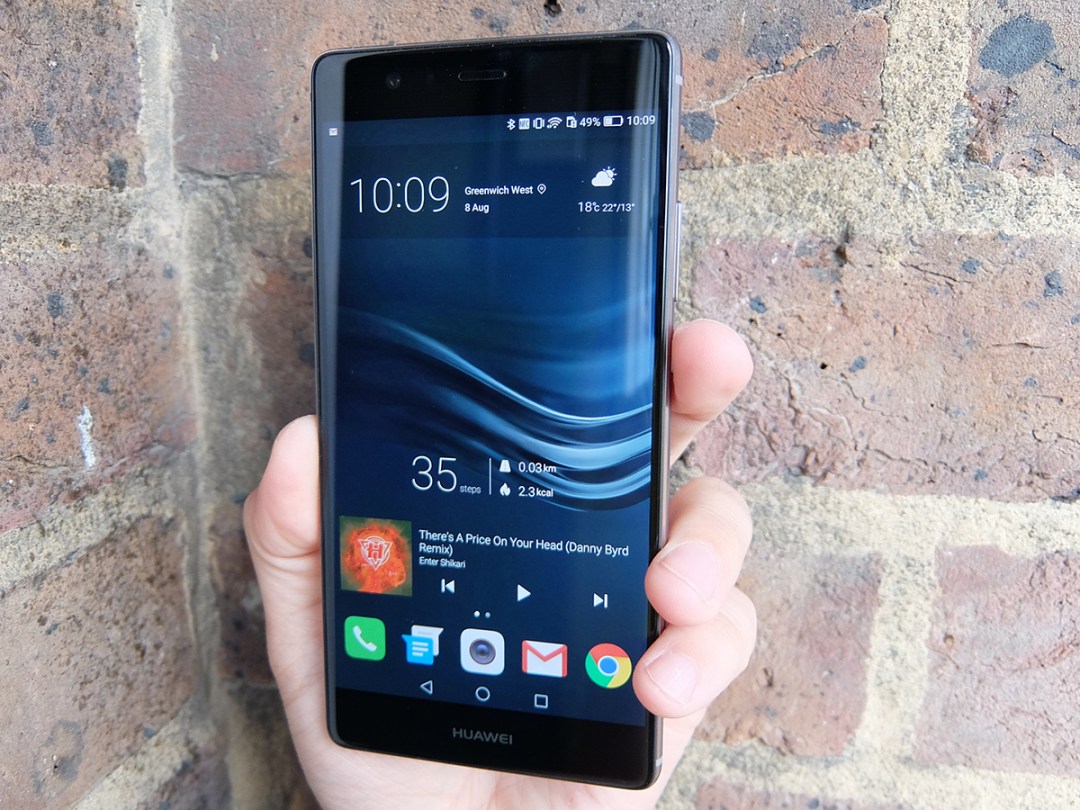

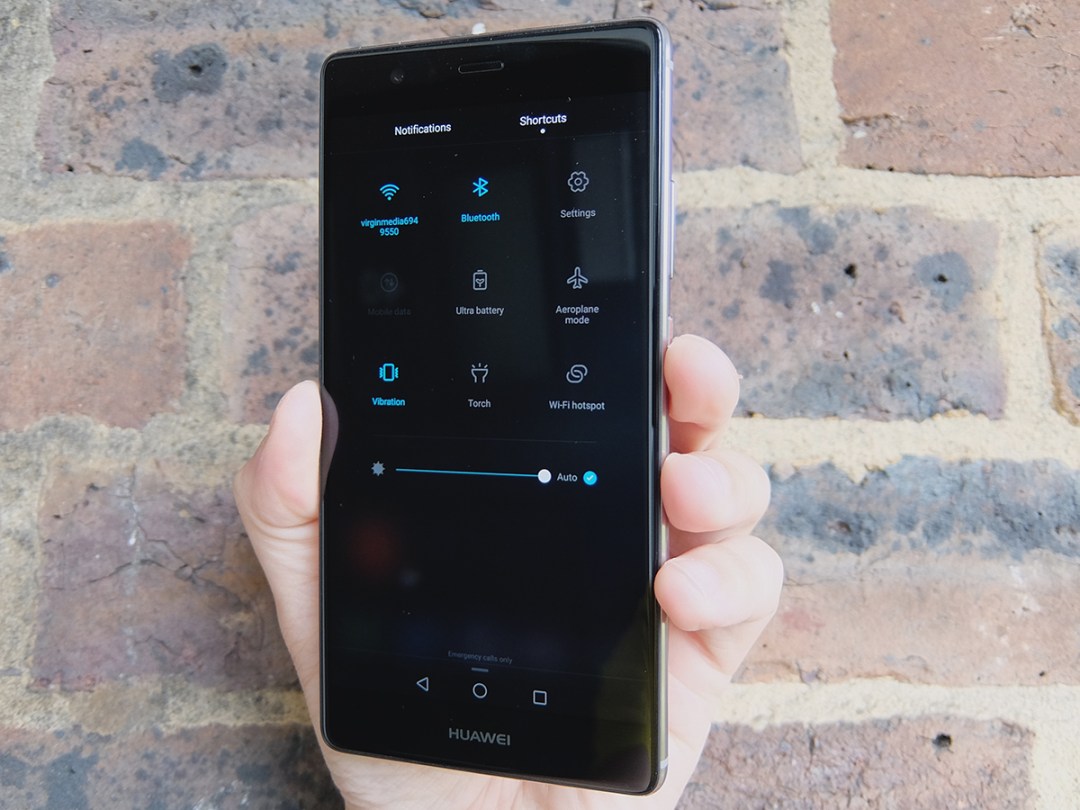
Inside, one of Huiawei’s own Kirin 955 CPUs is running the show. It’s an octa-core chip paired with 4GB of RAM, which basically means one thing – the P9 Plus is an absolute powerhouse.
OK, so it might narrowly lose out to Snapdragon 820-equipped flagships like the Galaxy S7 Edge in synthetic benchmarks, but it’s able to keep up the pace in the real world.
Apps open instantly, home screens filled with widgets animate smoothly, and multitasking won’t bring it to its knees either.
Mobile gamers will be happy to hear the P9 Plus holds its own, even if it can’t match its rivals for power on paper. Good job it’s got fewer pixels to push than other top-spec phones, then – games like Hearthstone run flawlessly.
If you aren’t constantly hunting for Pokemon or clashing clans, you’ll be able to go an impressive amount between battery top-ups too. I easily squeezed 36 hours from a single charge, using Huawei’s battery saver mode to make that final 15% last as long as possible. #
A 3400mAh battery might not be massive, but with light use you’ll easily get two full days out of it. USB-C and fast charging means you’ll be ready to go after an hour plugged into the mains, too.
BEST OF THE BEST › Samsung Galaxy S7 review
TOY WITH MY EMOTIONS
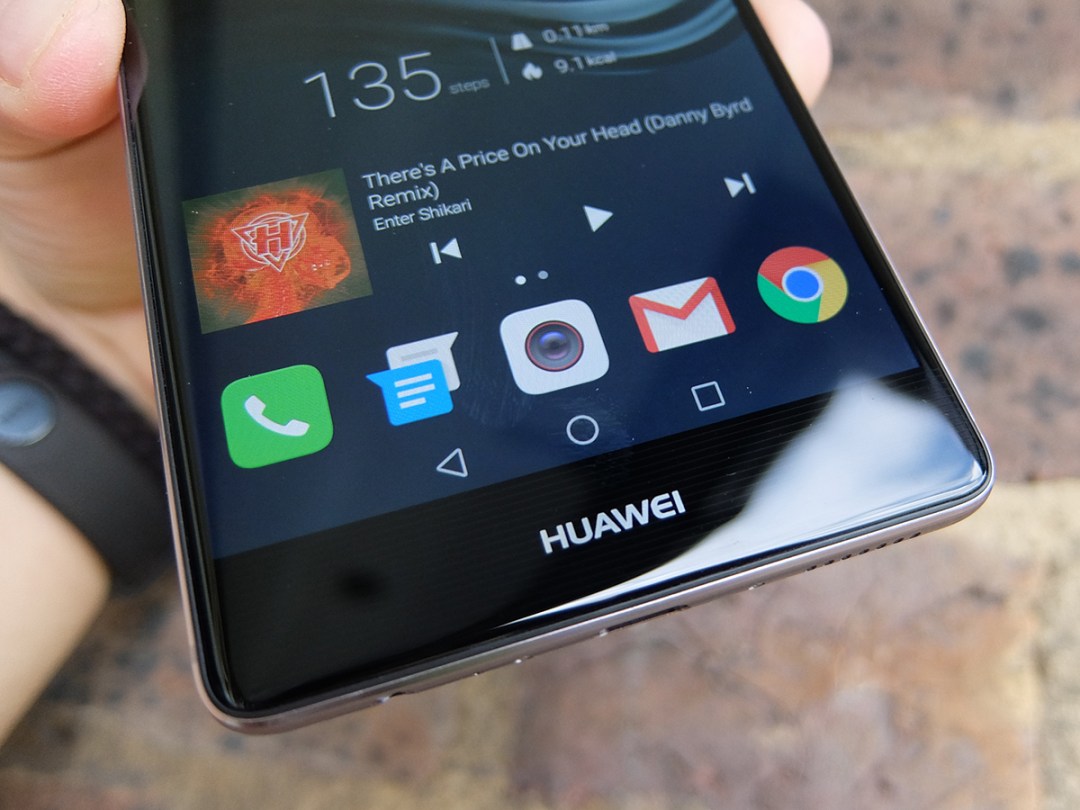
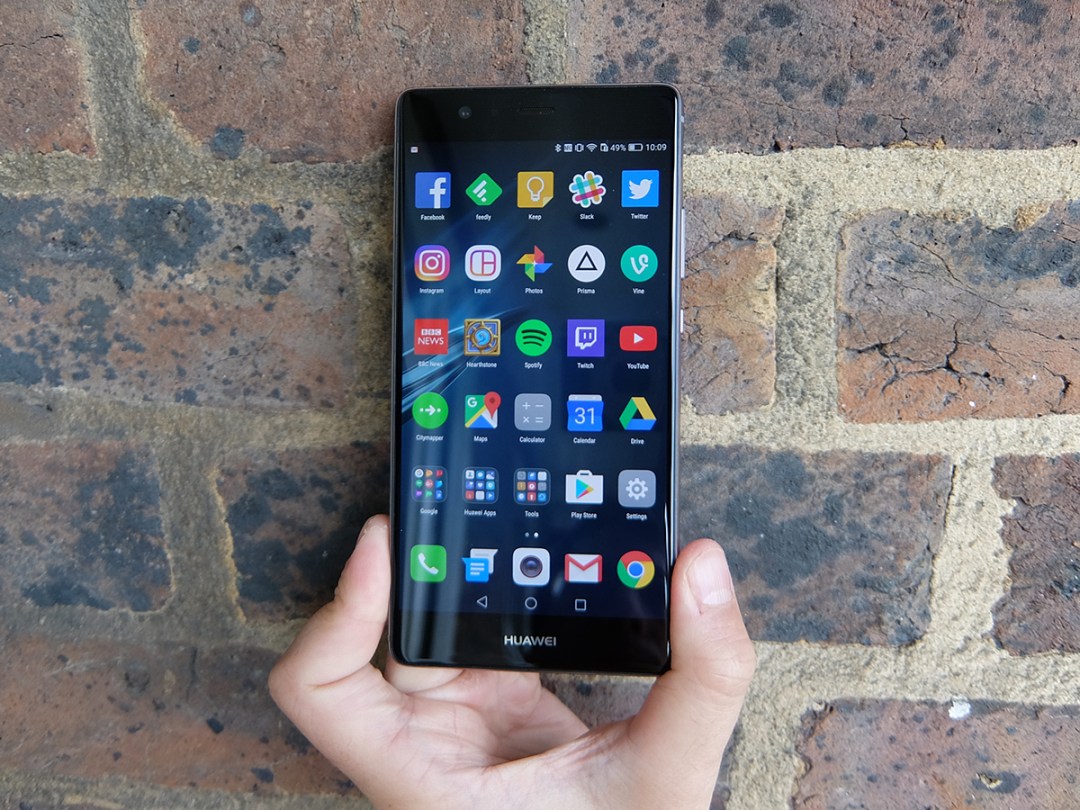
That zippy performance isn’t hampered by Huawei’s heavily customised version of Android Marshmallow, either. Emotion UI used to be a bit of a nightmare, borrowing more from iOS than from Google’s operating system, but things have definitely changed for the better.
It’s still a very different feel to stock Android, but EMUI feels really refined here. There’s no app drawer, so you’ll need to spend a few minutes wrestling all the pre-installed apps into folders, but it’s easy enough to bring things under control.
At first, you might spend a second longer finding the option you want in Settings, or the icon on the notification drawer, but it soon clicks into place.
I love how you can tweak the font and icon size to squeeze more onscreen at once, to truly make the most of the larger display. It does mean the Home, Back and Menu buttons get shrunk down too, but not so much that they’re impossible to hit.
I even found myself using some of Huawei’s default apps – normally the first thing I do with any new phone is download all the Google apps I can get my hands on, but the minimal looks and designs that maximise screen space meant the Notes, Calendar and Gallery apps actually saw some screen time, rather than just being shunted into a folder and forgotten about.
GOTTA GO STOCK › Google Nexus 6P review
Huawei P9 Plus verdict
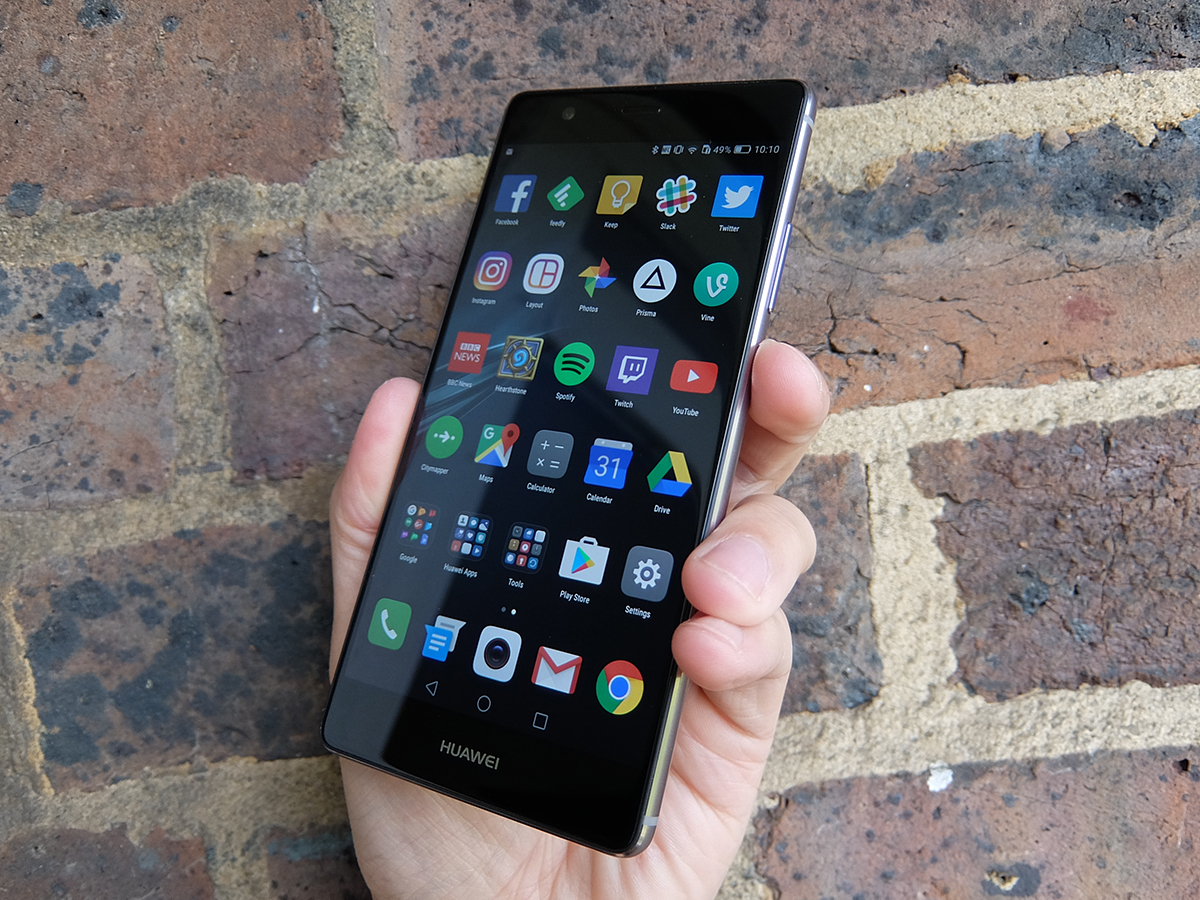
Is this the best phone Huawei has ever made? Yeah, I’m pretty sure that’s a fair assessment.
It looks the part, is powerful enough to compete with other top-spec phones, and takes fantastic photos – even if those twin sensors can’t quite topple Samsung as the king of smartphone cameras.
The pressure-sensitive screen is pretty forward-thinking, too. I don’t think Android is ready for this kind of tech yet, but it’s great to see Huawei giving it a go now – it’ll be ready when everyone else catches up.
As it works right now, though, it isn’t enough to justify the extra cash you’ll be forking out over the regular P9. Sure, you’re also getting a bigger screen (an AMOLED one, at that) but the Plus verges dangerously close to Galaxy S7 and iPhone 6s territory.
Find it on the right contract deal and it’s a brilliant alternative to the big-name competition, but full price feels like asking just a little too much of your wallet.
READ MORE › The 10 best smartphones in the world right now
Tech specs
| SCREEN | 5.5in, 1920×1080 AMOLED with Press Touch |
| CPU | HiSilicon Kirin 955 octa-core (4x 2.5 GHz, 4x 1.8GHz) |
| MEMORY | 4GB RAM |
| CAMERA | Dual 12MP, f/2.2 w/ phase detection autofocus, dual-LED flash |
| STORAGE | 64GB on-board, microSD card expansion |
| OPERATING SYSTEM | Android 6.0.1 Marshmallow, EMUI 4.1 |
| BATTERY | 3400mAh |
Stuff Says…
The P9 was decent, but the P9 Plus goes one better with that gorgeous AMOLED screen and Press Touch – it’s just a shame about that eye-watering price
Good Stuff
Clever, capable cameras
Fast fingerprint sensor
Top-notch screen with Press Touch
Bad Stuff
Pressure-sensitive screen doesn’t have a lot of uses
You’ll need flagship funds to buy one


